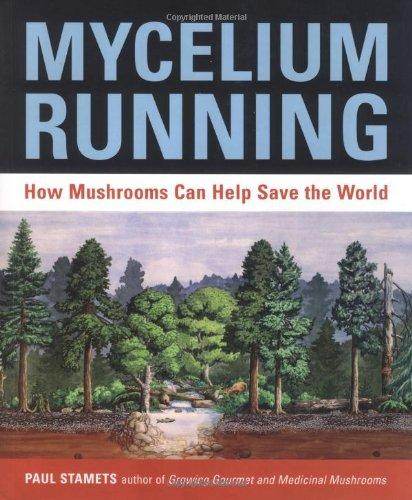


Solar Station Construction Plans by Ben Peterson -- ebook
will be released to subscribers in:
soon!



 7
7





If you'd like to add your own review, please have the first sentence be "I give this _______ X out of 10 acorns."
 4
4




 2
2




we don't have a problem with lack of water we have a problem with mismanagement
beavers the original permies farmers
If there is no one around to smell you ,do you really stink!
 1
1




 2
2




 I just love this book, it opens up an entirely new world for me, it makes me willing to spread mycellium everywhere
I just love this book, it opens up an entirely new world for me, it makes me willing to spread mycellium everywhere 
Gert in the making
 1
1




 6
6




Seeking a long-term partner to establish forest garden. Keen to find that person and happy to just make some friends. http://www.permies.com/t/50938/singles/Male-Edinburgh-Scotland-seeks-soulmate

 1
1




Works at a residential alternative high school in the Himalayas SECMOL.org . "Back home" is Cape Cod, E Coast USA.
 2
2





 2
2




- Tim's Homestead Journal - Purchase a copy of Building a Better World in Your Backyard - Purchase 6 Decks of Permaculture Cards -
- Purchase 12x Decks of Permaculture Cards - Purchase a copy of the SKIP Book - Purchase 12x copies of Building a Better World in your Backyard

| I agree. Here's the link: http://stoves2.com |




